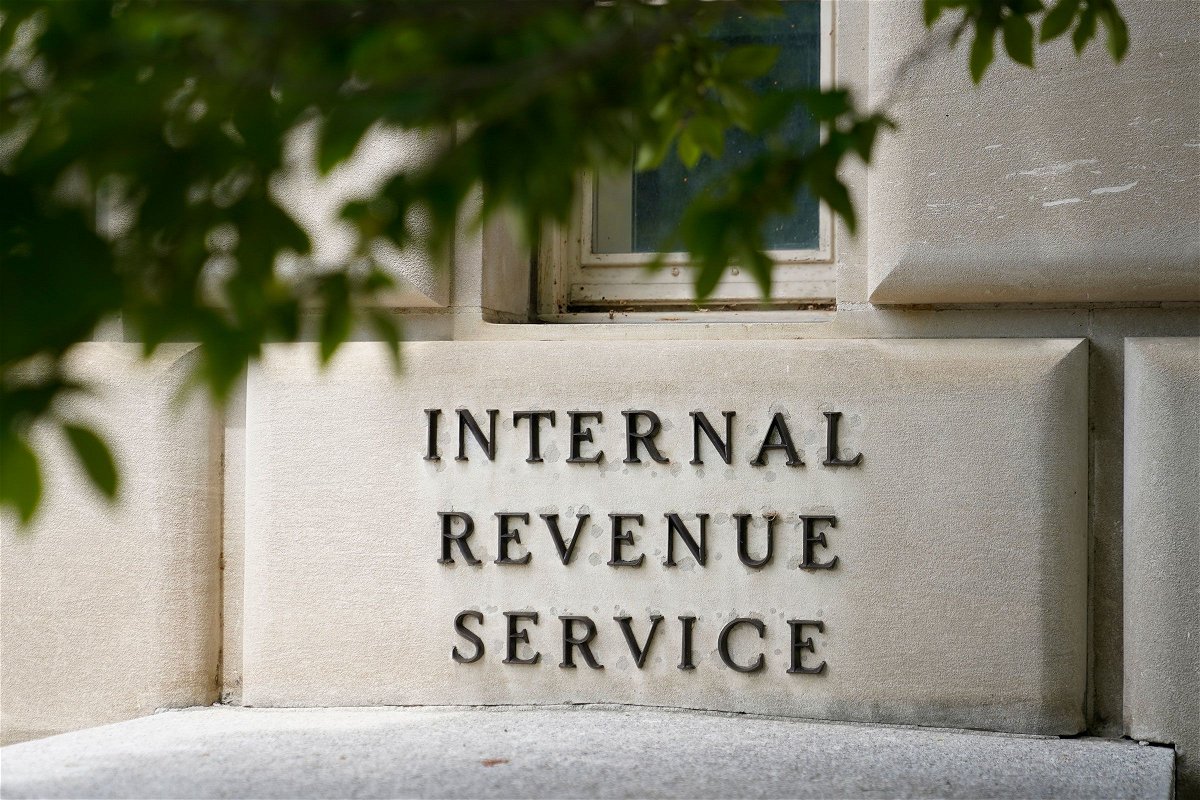IRS plans to make its free tax filing program permanent

The Internal Revenue Service building is seen here in 2021 in Washington
By Katie Lobosco, CNN
Washington (CNN) — The Internal Revenue Service said Thursday that it will continue and expand its free tax filing program in 2025.
A pilot version of the online program, known as Direct File, launched earlier this year. It provides step-by-step guidance to taxpayers filing their federal tax returns.
Direct File was available to people with certain simple tax returns in 12 states during the 2024 tax filing season. More than 140,000 people successfully filed their federal tax returns using Direct File, exceeding the agency’s expectations.
Next year, the IRS plans to allow some taxpayers in all states and Washington, DC, to use the program, though not all states may choose to participate.
The Biden administration is touting the pilot program – which was funded by the Democrat-backed Inflation Reduction Act – as a win. The legislation, which passed in 2022, provided the IRS with a massive, 10-year investment meant to modernize taxpayer services and crack down on wealthy tax cheats. Republicans, concerned that small businesses and the middle class could be targeted by IRS auditors, have made several efforts to chip away at the agency’s funding.
“President Biden is committed to saving Americans time and money and ensuring families receive the tax benefits they’re owed,” Treasury Secretary Janet Yellen said on a call with reporters Thursday.
“After a successful pilot, we are making Direct File permanent and inviting all 50 states to offer this free filing option to their residents,” she said.
The pilot program has cost nearly $32 million so far. About $75 million has been budgeted for Direct File during fiscal year 2025, though the cost will depend on how many people ultimately use the program.
The IRS said it plans to gradually increase the number of taxpayers eligible to use Direct File over the coming years so that it can ultimately support most common tax situations.
A government survey found that 90% of Direct File users said their experience with the tax filing system was “excellent” or “above average.” Nearly half of the survey respondents had paid to file their federal tax returns the previous year.
How Direct File works
Before starting to file a tax return, Direct File prompts taxpayers to answer screening questions that will determine if they are eligible.
During the 2024 tax filing season, eligibility was limited to people with simple tax returns. For example, taxpayers with income from an employer reported on a W-2 may have been eligible – but not if they had other types of income, such as from a side gig or a business.
The IRS plans to expand the capability of Direct File next year so that more people with different kinds of tax situations are eligible.
But there is no income threshold – unlike the existing Free File Program, which is currently only available to taxpayers who earn $79,000 or less. That program is provided by an alliance of eight different private companies and has historically had a low usage rate.
Before using Direct File, taxpayers must create an account and verify their identity using Id.Me, a digital identity network already used by other federal government programs.
The IRS also offers a live-chat function that connects taxpayers with a customer service representative.
Direct File does not prepare state tax returns. But taxpayers who are required to file a state return are directed to their state filing system after completing their federal return.
IRS Commissioner Danny Werfel said Thursday that Direct File will serve as an option for taxpayers and will not be mandatory.
Major overhaul at the IRS
Direct File is just one of the many changes happening at the IRS after it received the new funding, totaling $80 billion over a decade, from the Inflation Reduction Act.
With the funding, the IRS has improved phone service, put a plan in motion to digitize all paper-filed tax returns and made improvements to the online tool known as “Where’s My Refund?” so that taxpayers can get more real-time information about the status of their tax returns.
The agency also has collected millions of dollars in back taxes by cracking down on millionaires who haven’t paid what they owe.
Now, the IRS is focused on ramping up audit rates of wealthy taxpayers and large corporations.
It expects the audit rate of taxpayers earning more than $10 million to increase by 50%, going up from 11% in 2019 to 16.5% in 2026.
Werfel has repeatedly said the agency is committed to shielding American households that earn less than $400,000 a year from an increase in audit rates. Specifically, audit rates of those Americans will not exceed what they were in 2018, a record-low year.
This story has been updated with additional information.
The-CNN-Wire
™ & © 2024 Cable News Network, Inc., a Warner Bros. Discovery Company. All rights reserved.